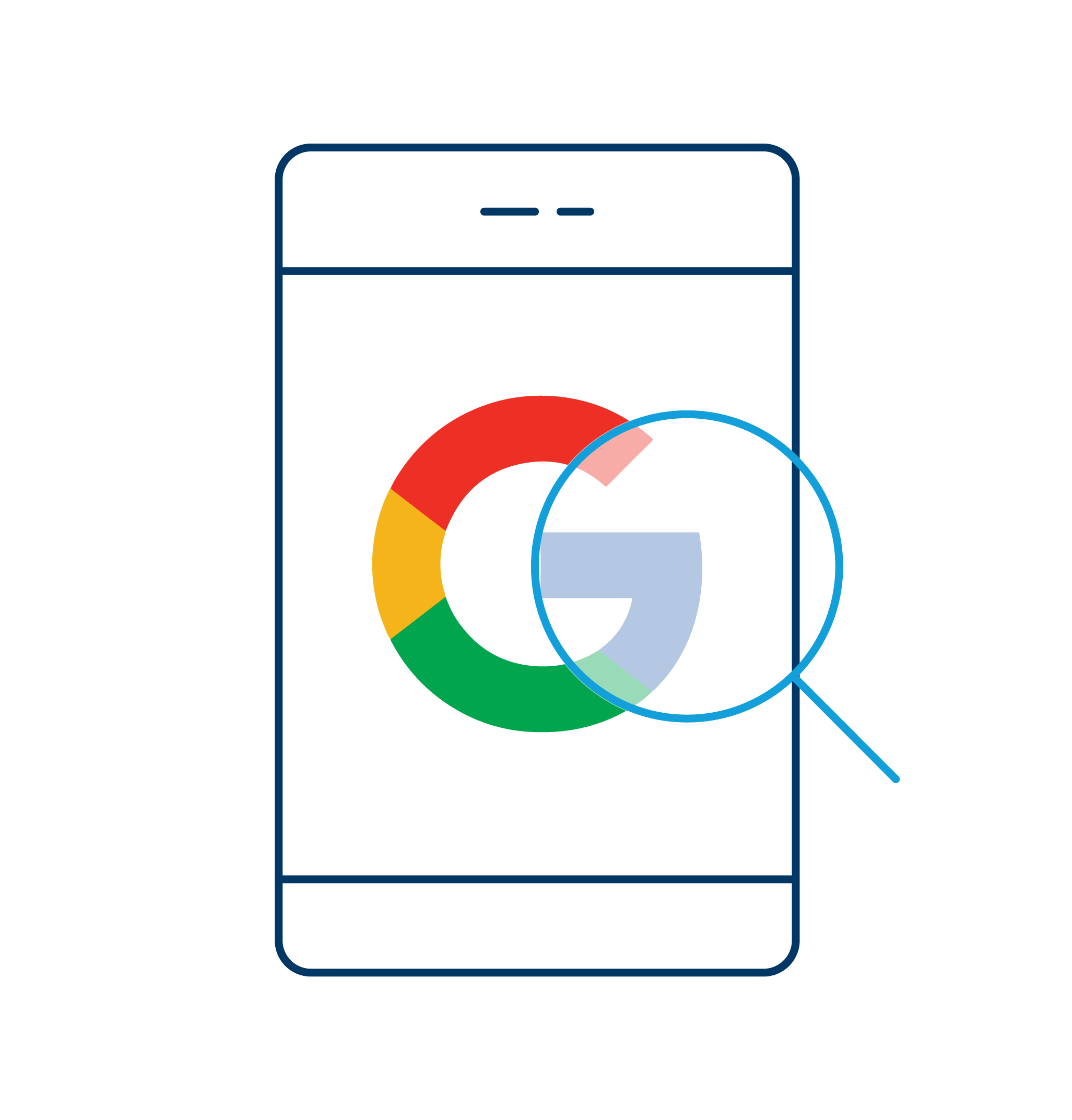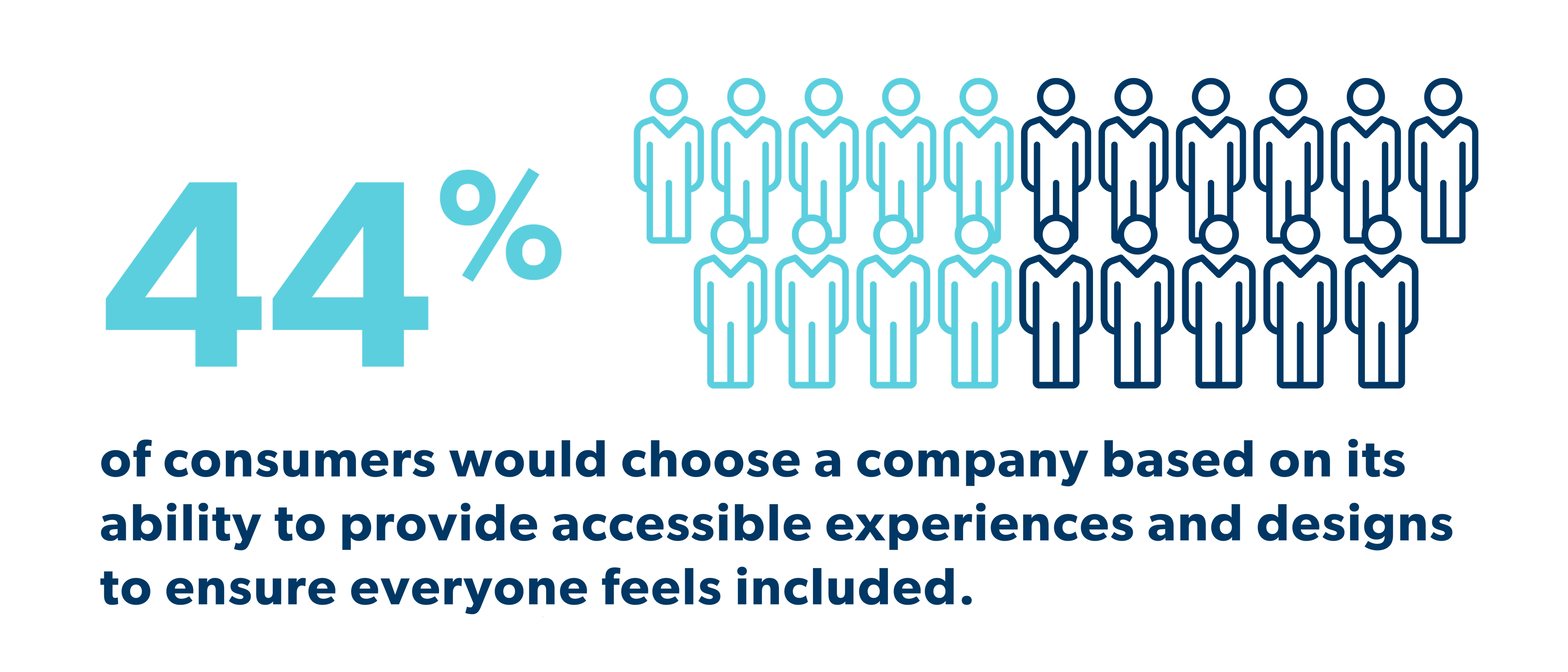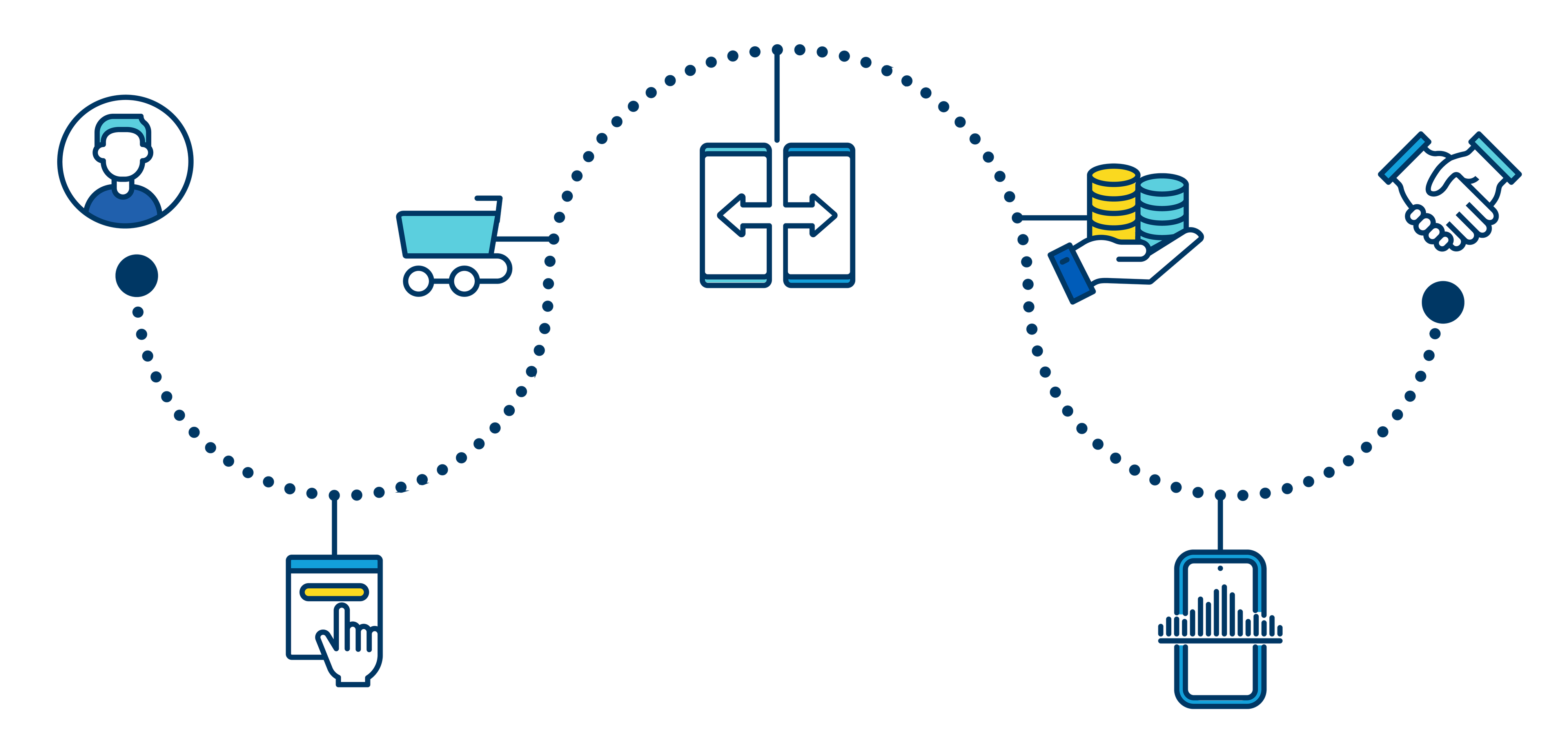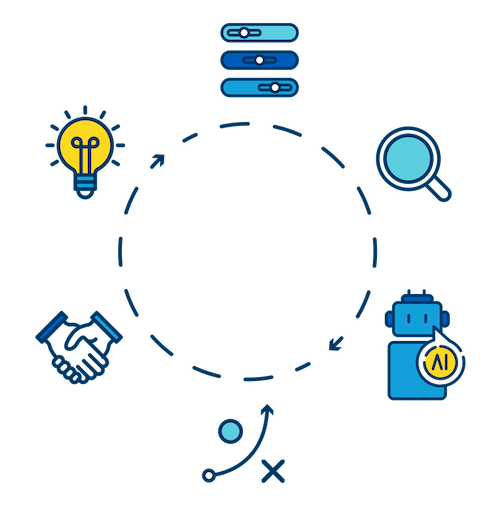
NEW CHALLENGES IN THE POST-PANDEMIC OMNICHANNEL
FUTURE SUCCESS LAYS IN DISCOVERABILITY
OPTIMIZATION REIGNS SUPREME IN CONVERSATIONAL TECH
INCLUSIVE DESIGN WILL GO MAINSTREAM
INNOVATION IS NO LONGER INNOVATIVE
THE BOTTOM LINE
Download this PDF
Download
Bree Basham
Principal, CX & Marketing
Bree leads our Customer Experience practice, creating digital strategies and solutions using modern technologies to deliver meaningful and measurable experiences for our customers. She has served as a Creative Director for many omnichannel experiences within the retail space, as well as for a number of other industries that CapTech serves.









